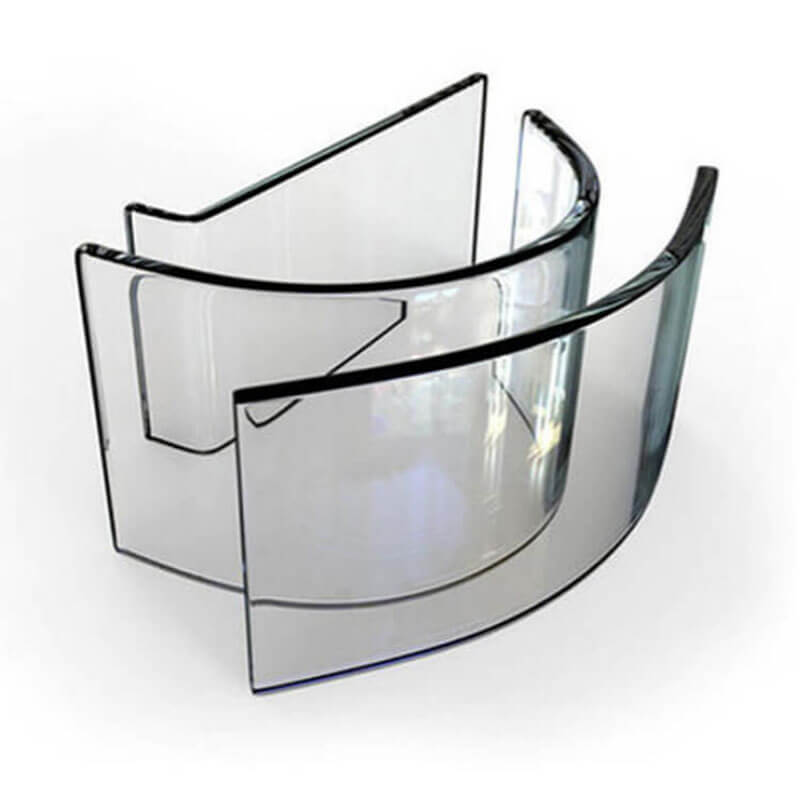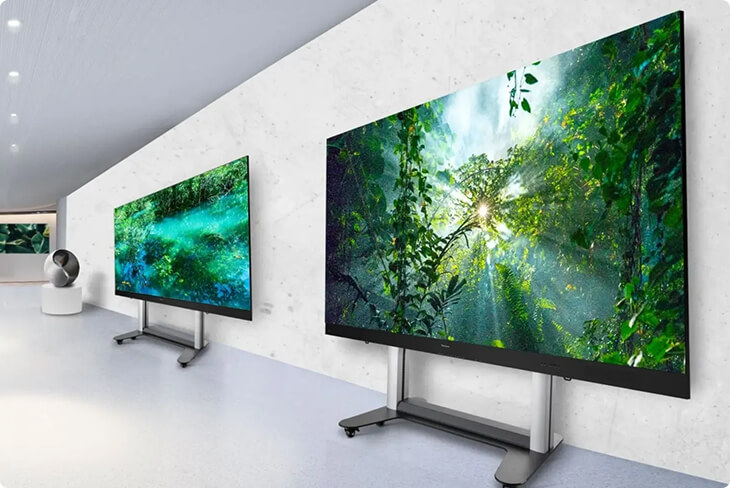In LED display modules, glass is commonly used as a front cover plate or optical protection layer. Its primary functions are to protect the internal light-emitting chips and driving circuits from external impact, dust, and moisture, while ensuring efficient light transmission and accurate color reproduction. With the continuous advancement of LED display technology, the role of glass in display systems has evolved beyond simple protection—it has become a key material for enhancing image performance and product reliability.
Therefore, LED displays place increasingly stringent demands on glass performance: the material must balance large size and light weight, possess high mechanical strength and safety to withstand complex indoor and outdoor environments, and exhibit excellent optical properties to ensure display quality. Moreover, glass should allow aesthetic and customizable designs—including screen-printed patterns, shape variations, and surface treatments—to meet the diverse needs of different brands and applications. The following section explores how glass meets the growing and diversified requirements of LED display systems.
High-Quality Glass Substrates for Superior Optical and Structural Performance
Selecting a high-quality glass substrate is the first step toward achieving premium display performance. Ultra-clear soda-lime glass and aluminosilicate glass are widely used in high-brightness and high-color-accuracy LED displays. Compared with standard float glass, these materials feature lower iron content and light transmittance exceeding 90%, effectively reducing light absorption and color distortion. As a result, they ensure brighter, more vivid images and provide a stable optical foundation for LED display systems.
Tempering and Chemical Strengthening for Enhanced Safety and Durability
The tempering process plays a crucial role in improving the safety and durability of display glass. For large-format or outdoor LED displays, glass with a thickness of 3 mm to 6 mm is typically recommended. During physical tempering, the glass is heated to about 700°C, near its softening point, and then rapidly cooled by high-pressure air. This process creates a balance of internal tension and surface compression—resulting in a denser molecular structure and significantly higher strength. Physical tempered glass can achieve 4–5 times the strength of ordinary glass, offering superior impact resistance and weather durability. It effectively reduces the risk of breakage under external force, greatly enhancing the operational safety of LED displays.
For transparent displays or fine-pitch LED modules that require lightweight and ultra-thin designs, chemically strengthened glass with a thickness of 1.1 mm to 2 mm is more suitable. This process immerses the glass in a potassium nitrate solution, allowing potassium ions to replace sodium ions on the glass surface, forming a compressive stress layer. When subjected to impact, the surface stress offsets the external force, significantly improving overall strength.
Compared with physical tempering, chemical strengthening offers more uniform stress distribution and improved surface density, reducing dust and oil adhesion. This makes chemically strengthened glass the ideal choice for ultra-thin LED displays requiring exceptional surface cleanliness and optical clarity.
Advanced Coating Technologies for Optical Enhancement
Coating technologies further enhance the optical performance of LED display glass:
-
AR (Anti-Reflection) Coating: Reduces surface reflection and increases light transmittance. When applied to high-quality glass substrates, AR coatings can raise transmittance up to 98.5%, greatly improving visibility and color contrast—especially in outdoor or shop-window applications.
-
AG (Anti-Glare) Coating: Creates micro-textures on the glass surface to diffuse incoming light and reduce glare, ensuring clear display visibility even under strong ambient lighting—ideal for outdoor advertising screens.
-
AF (Anti-Fingerprint) Coating: Widely used in interactive LED touch displays, this hydrophobic and oleophobic nanocoating, based on the lotus-leaf effect, minimizes the adhesion of oils and dust, effectively reducing fingerprint residue and maintaining a clean surface appearance.
Hot Bending and Printing for Design Flexibility
Hot bending technology provides greater flexibility for curved LED displays. The process involves heating glass to its softening point in a high-temperature furnace and shaping it over custom molds, achieving desired curvatures or complex 3D forms. Hot-bent glass can be produced with slight or deep curvature, as well as single-curved, double-curved, or irregular shapes, offering enhanced design freedom for architectural or creative display installations.
Additionally, precision screen-printing technology allows the creation of black masking borders, alignment marks, or decorative patterns, improving overall aesthetic integrity and concealing internal circuits or structural elements for a cleaner visual appearance. In high-end transparent LED displays, semi-transparent printing can also be used to balance light transmission and structural concealment.
Conclusion
In conclusion, glass in LED displays serves far more than a protective function—it plays a triple role in optical enhancement, structural protection, and aesthetic design. By selecting appropriate glass materials and integrating advanced processes such as tempering, screen printing, and AR/AG/AF coatings, manufacturers can significantly improve the visual performance and long-term stability of LED display systems. As LED technology continues to evolve toward higher resolution, greater brightness, and thinner profiles, glass materials will keep innovating in optical performance and functional coatings, cementing their status as an indispensable component in high-end display solutions.
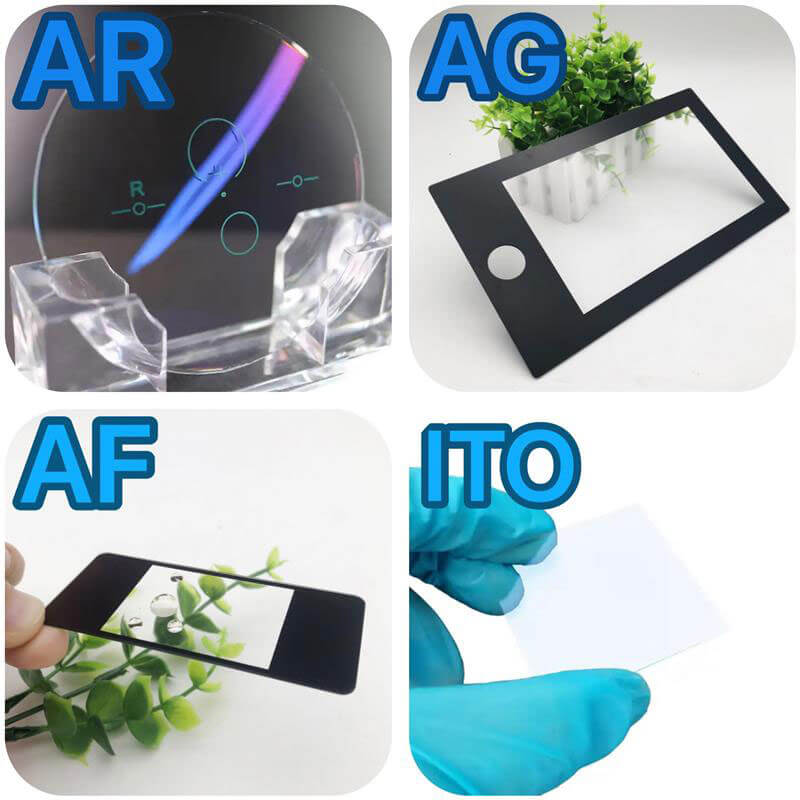 Coated GlassElevate your projects with advanced coated glass solutions from KS Glass.
Coated GlassElevate your projects with advanced coated glass solutions from KS Glass.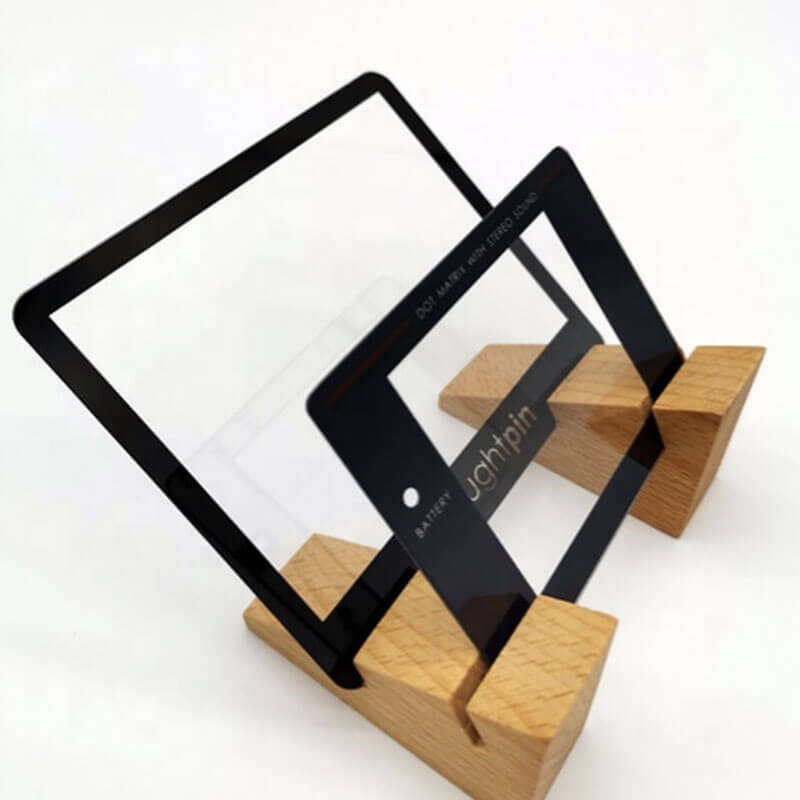 Cover GlassUpgrade your devices with our cover glass.
Cover GlassUpgrade your devices with our cover glass.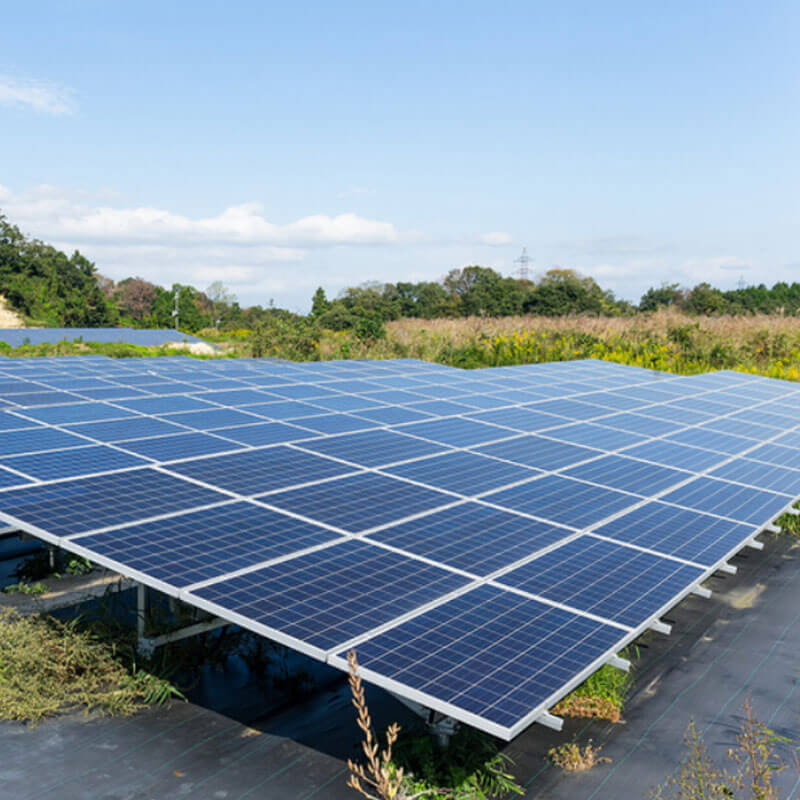 Solar Panel GlassUpgrade your devices with our cover glass.
Solar Panel GlassUpgrade your devices with our cover glass.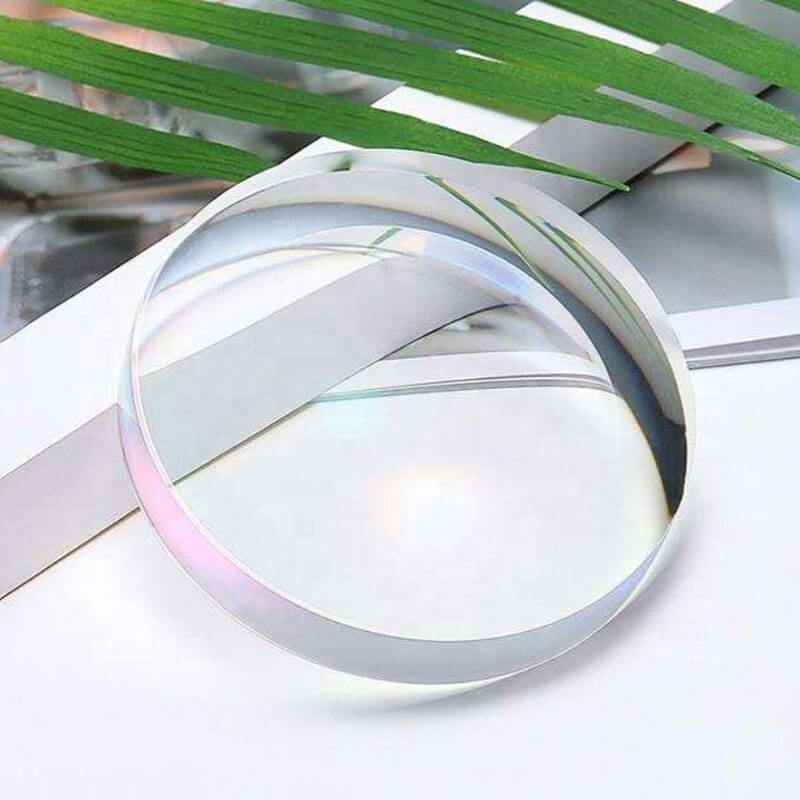 Glass MaterialDiscover the endless possibilities of working with large glass material.
Glass MaterialDiscover the endless possibilities of working with large glass material.
